How much is the appropriate thickness adjustment for hand brewing coffee? List of suggestions for calibration of calibration parameters of bean grinder
Qianjie will emphasize the importance of parameters when analyzing the knowledge of hand-brewing coffee. With the right water temperature, the right degree of grinding, the right ratio of powder to water, and the right method of water injection, we can definitely make the right coffee.
This "yes" is not the only one, but Qianjie believes that such a number is very friendly to newcomers in the process of exploration, and the answer is easy to reach the finish line. With the exploration of the world by hand, everyone will try to play some tricks. After thoroughly understanding the parameters and knowing how changing the parameters will change the taste of coffee, we are bound to find a way of our own (brewing thinking).
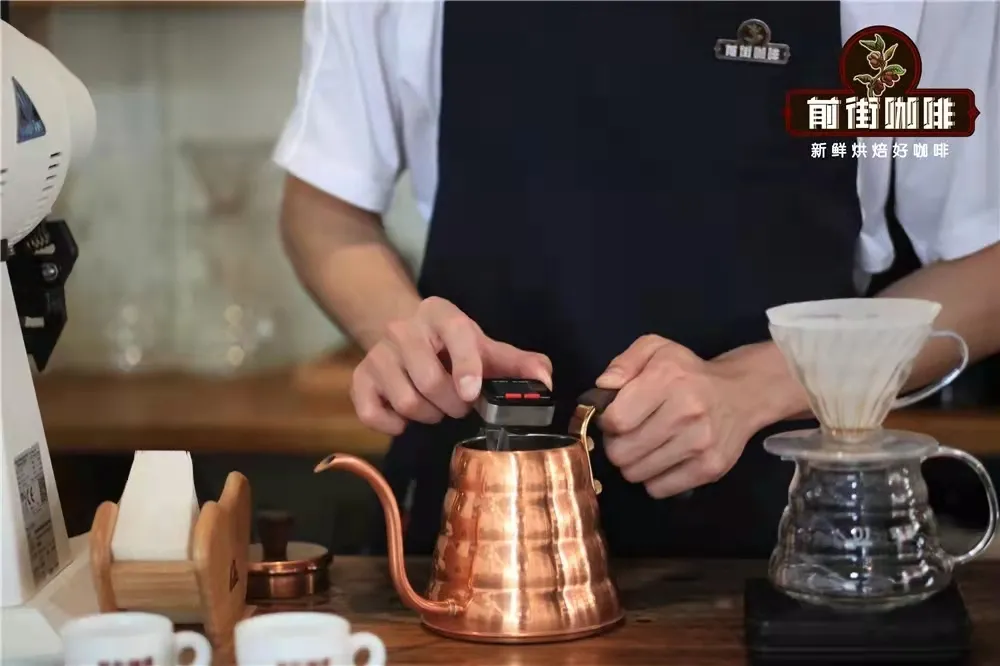
Among the parameters, the problem is often the degree of grinding, which is a bit elusive under the parameters that are easy to find out, although cafes have tried their best to get guests to figure it out. The front street is calibrated with a No. 20 screen. The No. 20 sieve can only separate particles larger than 0.85mm and less than 0.85mm, but it is impossible to distinguish between relatively small particles (0.3mm) or medium particles (0.6mm). However, the performance of the bean grinder used by everyone varies greatly, and it is difficult to unify.
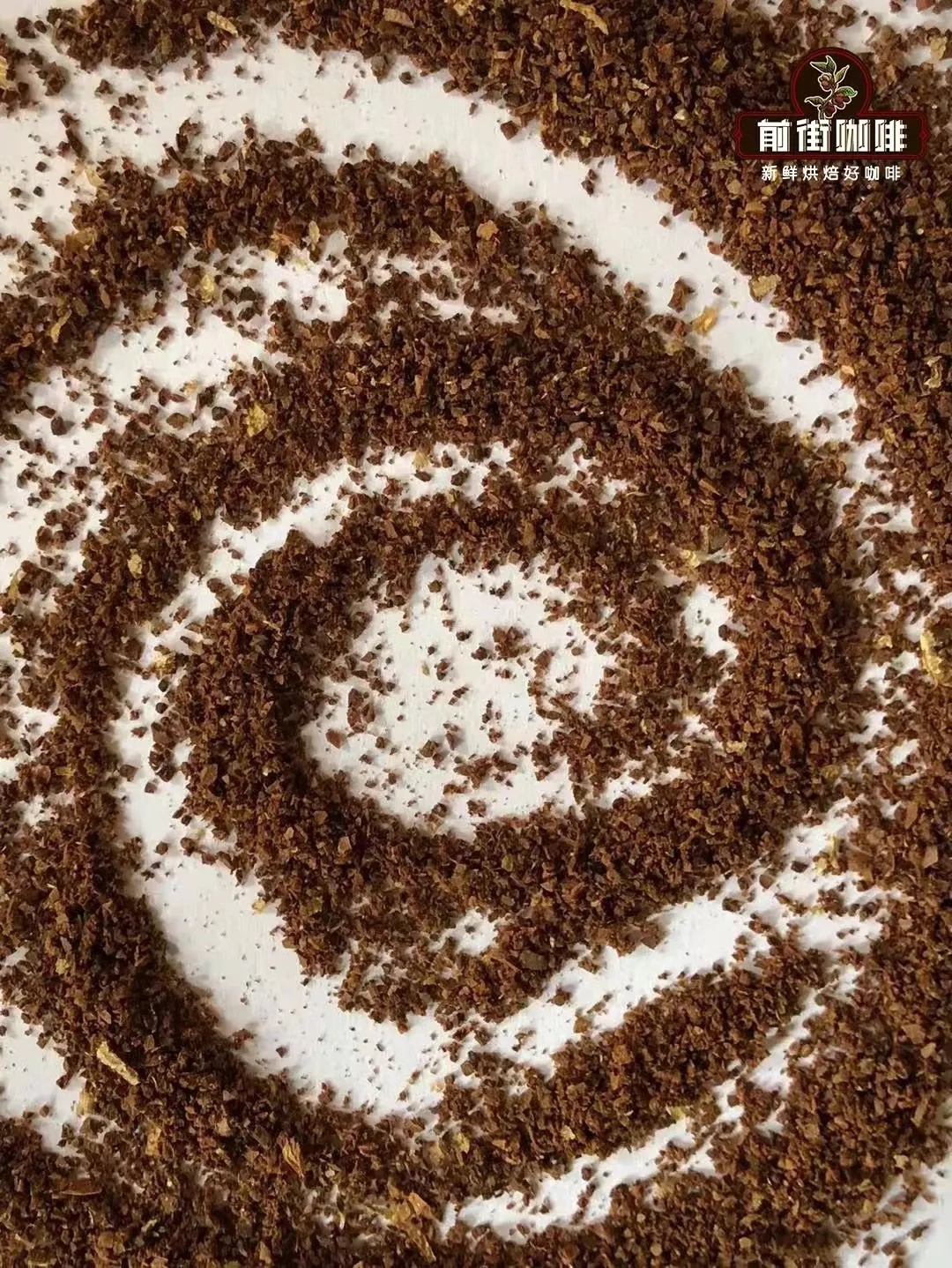
For example, Qianjie uses EK43s, which has a high degree of uniform grinding and very little fine powder. Under this condition, Qianjie said that the grinding degree is 80% of the pass rate of the No. 20 screen, the powder diameter distribution is about 0.6mm, the thickest particles do not exceed 1mm, and the number is very small.
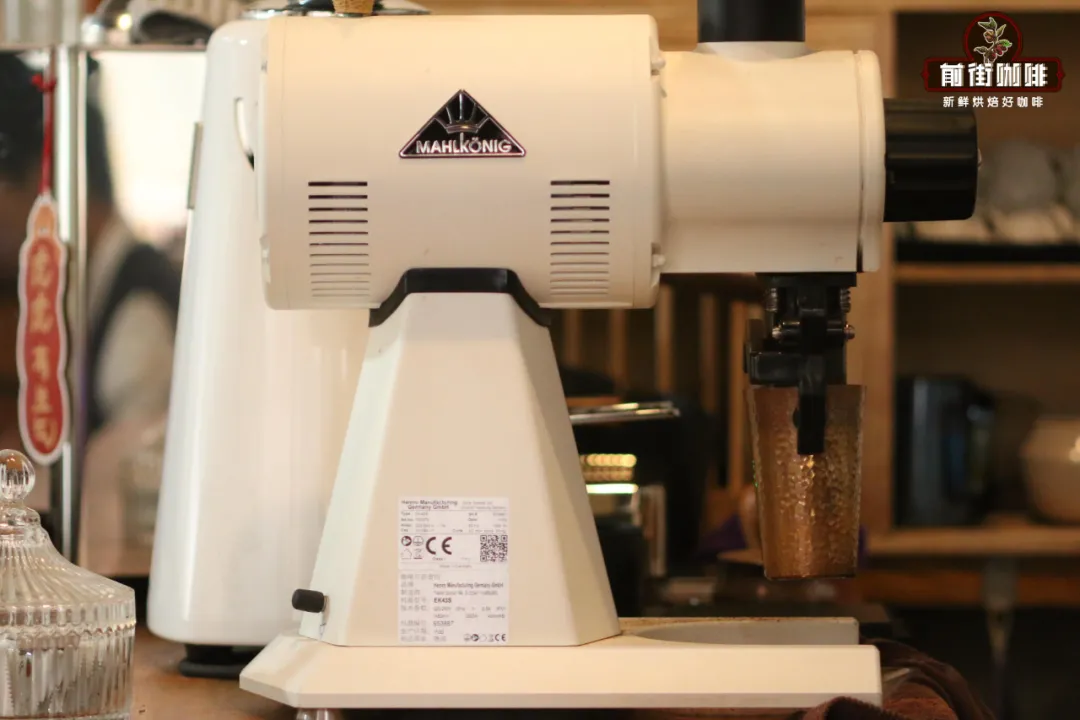
However, for some bean grinders with poor performance, there is a great difference in the diameter of coffee particles. Obvious coarse and fine particles can be seen. Using a sieve screen is also 80% of the case, other parameters are the same, rushed out of the smell or no taste is also expected.
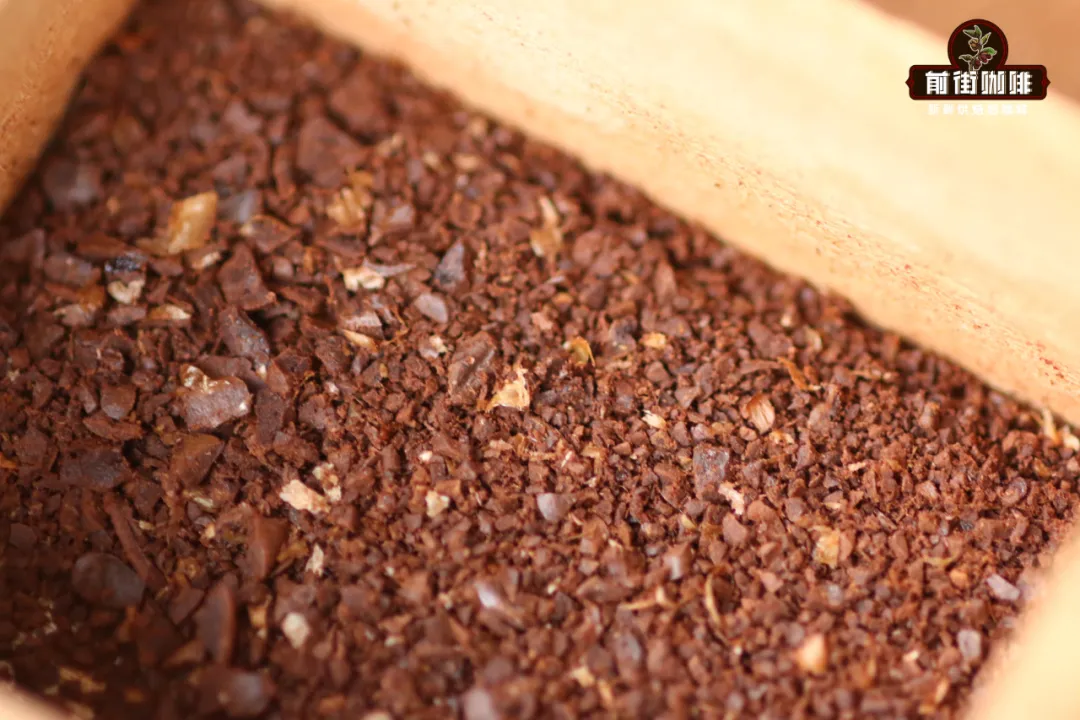
Then the best solution is to replace a better performance bean grinder, one step at a time. If this method is not available, it can only be changed by adjusting the parameters. If you are grinding by hand, the most important feature of the hand mill is to squeeze the fine powder caused by the bursting of coffee beans, so in theory, the faster the rotation, the less the fine powder produced by the burst. Then please grind the coffee by 2-3 squares according to the 80% grinding degree you have determined, then separate the coffee particles with a sieve bar, put the coffee particles larger than 0.85mm back into the bean grinder, and adjust the grinding scale back to 2-3 squares before grinding. In this way, the coffee particles will be relatively less different. If you often make coffee mixed smell, most of the reason is caused by too much fine powder. There is also a small part of the reason is high water temperature, strong stirring, long extraction time. So when there is a mixed smell, the adjustment direction is just a few items. Lower the water temperature or gently inject water or reduce the extraction time.
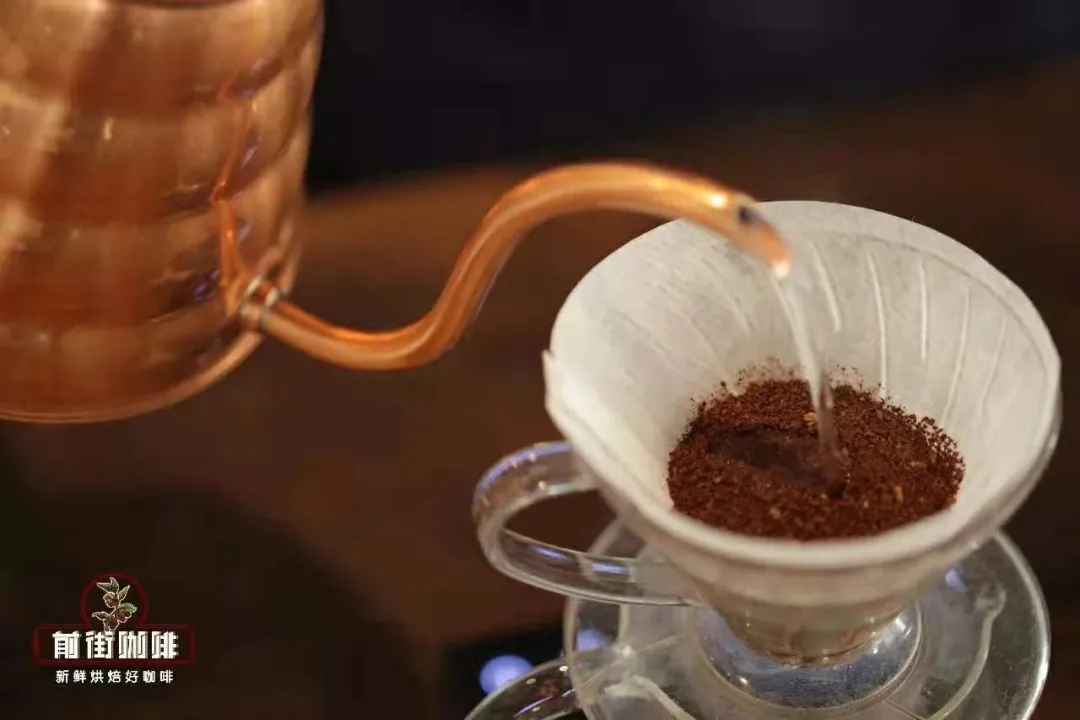
So the most commonly used sieve fine powder is not the most practical? This problem should also depend on the analysis of the situation. If only the groundwater is relatively slow (with slight blockage), there is no obvious negative taste in the final flavor, which can be ignored at all. If it is really because of fine powder and bitter mixed taste, you can sieve powder treatment. It is also effective to use one-cut flow to quickly fill up the water, raise the height of the powder layer and wash the fine powder to the wall of the filter cup.
Important Notice :
前街咖啡 FrontStreet Coffee has moved to new addredd:
FrontStreet Coffee Address: 315,Donghua East Road,GuangZhou
Tel:020 38364473
- Prev

Announcement of the results of the first COE Excellence Cup in Indonesia in 2021
Previously, the more representative coffee in Indonesia was Manning, Kopi Luwak, and Java Coffee. These coffees are mainly based on a strong bitter tone. In 2021, Indonesia also held the first COE (Excellence Cup). The excellent Cup is the most prestigious coffee auction, which aims to select each year to join the organization.
- Next

Is there any alcohol in Shirley oak barrels for coffee beans? Can I drive after drinking a bucket of brewed coffee beans?
Everyone abides by the principle of "don't drink, don't drive, don't drink". In the coffee, there are also some coffee that exudes a strong alcoholic flavor, thinking that it is not special coffee with alcohol, and some even worry that driving will be regarded as drunk driving. Yes, the coffee beans processed in oak barrels were given to everyone in the street before. I
Related
- Beginners will see the "Coffee pull flower" guide!
- What is the difference between ice blog purified milk and ordinary milk coffee?
- Why is the Philippines the largest producer of crops in Liberia?
- For coffee extraction, should the fine powder be retained?
- How does extracted espresso fill pressed powder? How much strength does it take to press the powder?
- How to make jasmine cold extract coffee? Is the jasmine + latte good?
- Will this little toy really make the coffee taste better? How does Lily Drip affect coffee extraction?
- Will the action of slapping the filter cup also affect coffee extraction?
- What's the difference between powder-to-water ratio and powder-to-liquid ratio?
- What is the Ethiopian local species? What does it have to do with Heirloom native species?

